Ahead of the curve: we visit D House, Ron Arad's latest project in Tokyo
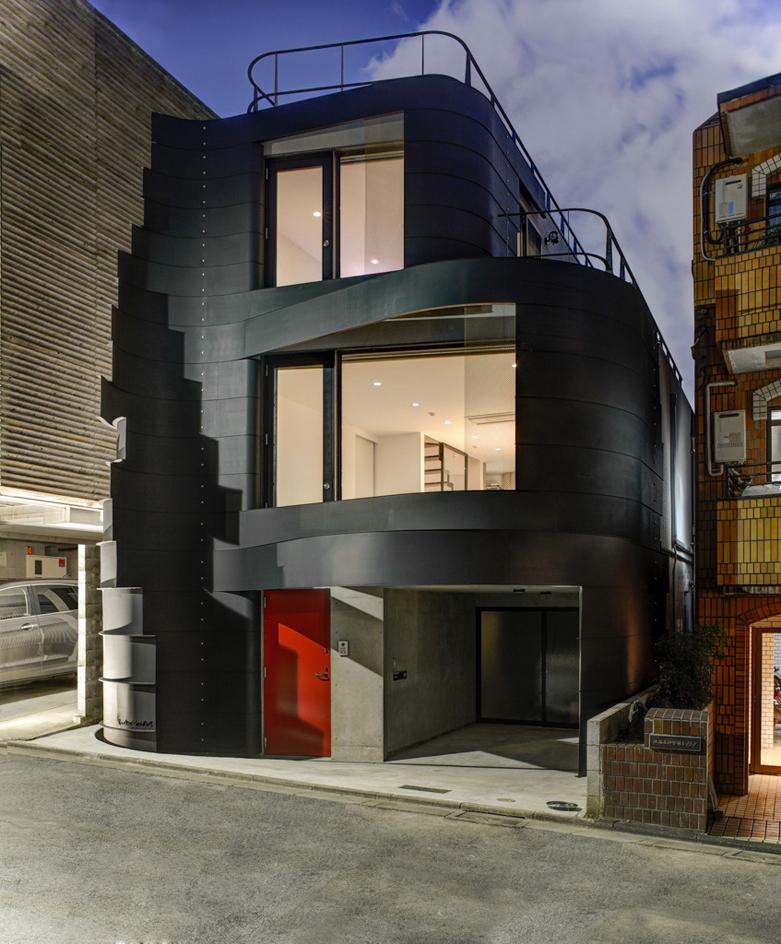
The appearance of small but perfectly formed private houses on the streets of Tokyo is not a rare occurrence but even by the Japanese capital's high creative standards, passers-by will no doubt stop and admire the sweeping curves of the city's latest architectural addition. This private residence, found in the hip neighbourhood of Shibuya-ku in central Tokyo, features the unmistakable signature of quality and experimentation of London based designer Ron Arad.
Created with the help of local firm Issho who were the project's collaborating architects, and located on a densely built street of two- and three-storey detached homes, the new-build D House spans 180 sq m and three aboveground levels.
'Somehow I always kept away from 'interior design' projects, especially those based within new buildings designed by other architects,' says Arad. 'I never thought I will find myself doing "exterior design" to another architect's build, with the aid of Skype and WeTransfer, but this turned out to be a joy. Behind every good, interesting project lies a good, interesting client, and in this case we are fortunate to have also had Issho – a great collaborating practice.'
A ground floor hosting the garage and utility areas, leads to a piano nobile that features an open plan living room, kitchen and dinning area. The top, second, level includes two bedrooms and a bathroom. A separate set of stairs provides access to a larger roof terrace at the top.
More terraces are formed from the main elevation's curves and the building's cascading shape – outdoors spaces are topped up by a small garden at the back and a front courtyard, which is hugged by the steel sheet's bend.
The building's relatively narrow profile is maximised by an expressive front façade made of a stack of patinated (on site) steel ribbons, which were fabricated locally, in a workshop just outside Tokyo. This adds dynamism to the house's main concrete frame and creates a strong sense of movement and a play with light and shadow in the house.
In addition to this, the house's stacked elements were designed to decrease in height, the higher up the level, to underline further the overall form. This sculptural dwelling is no doubt the narrow street's most dynamic new addition.
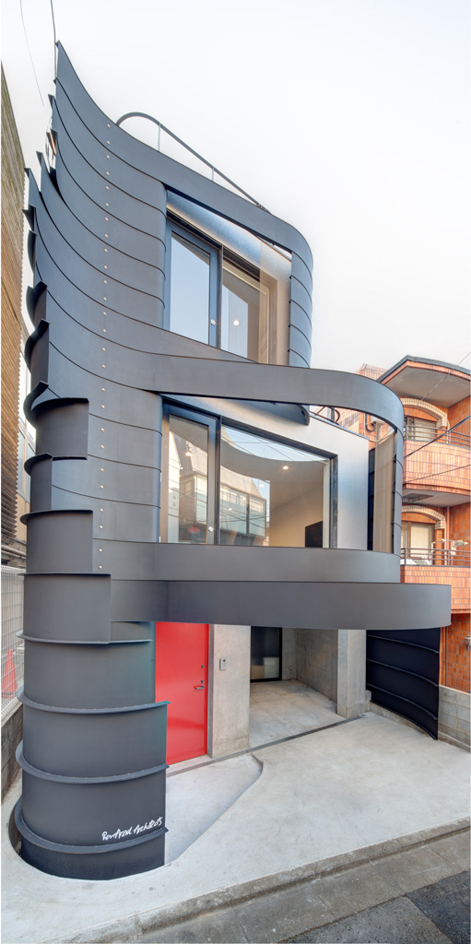
Clad in curved and patinated steel ribbons, the house spans three levels above ground. The size of the stacked elements decreases as the height increases, which creates an especially dynamic facade

The steel parts emphasise a sense of movement on the facade and create a play of light and shadow inside and out
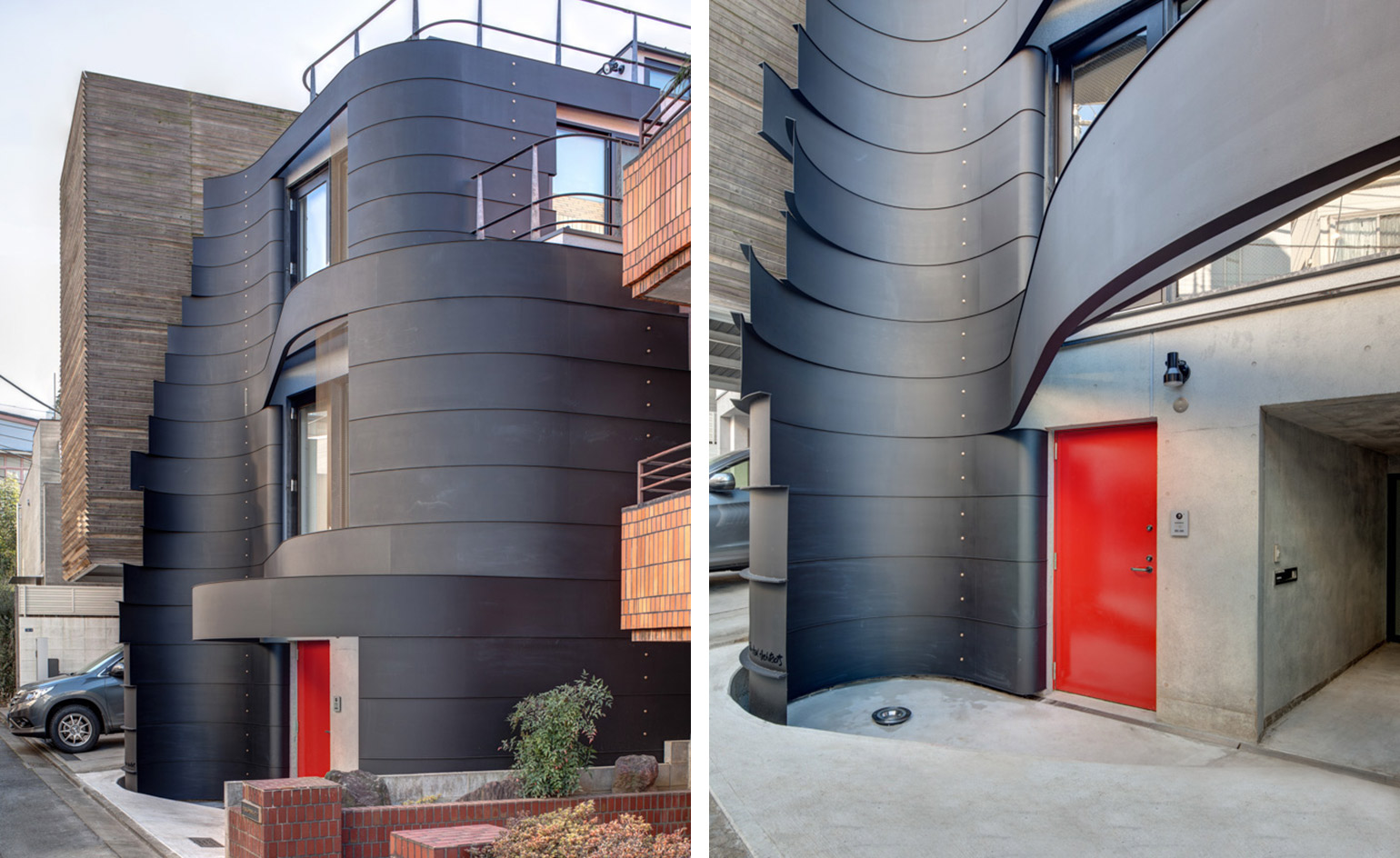
A series of outdoor areas are also created by the house's dramatic volume. This includes terraces on higher levels and a courtyard at the front, which is defined by the steel sheets' curve
INFORMATION
For more information, visit Ron Arad’s website
Photography: Anatole Papafilippou
Receive our daily digest of inspiration, escapism and design stories from around the world direct to your inbox.
Ellie Stathaki is the Architecture & Environment Director at Wallpaper*. She trained as an architect at the Aristotle University of Thessaloniki in Greece and studied architectural history at the Bartlett in London. Now an established journalist, she has been a member of the Wallpaper* team since 2006, visiting buildings across the globe and interviewing leading architects such as Tadao Ando and Rem Koolhaas. Ellie has also taken part in judging panels, moderated events, curated shows and contributed in books, such as The Contemporary House (Thames & Hudson, 2018), Glenn Sestig Architecture Diary (2020) and House London (2022).
-
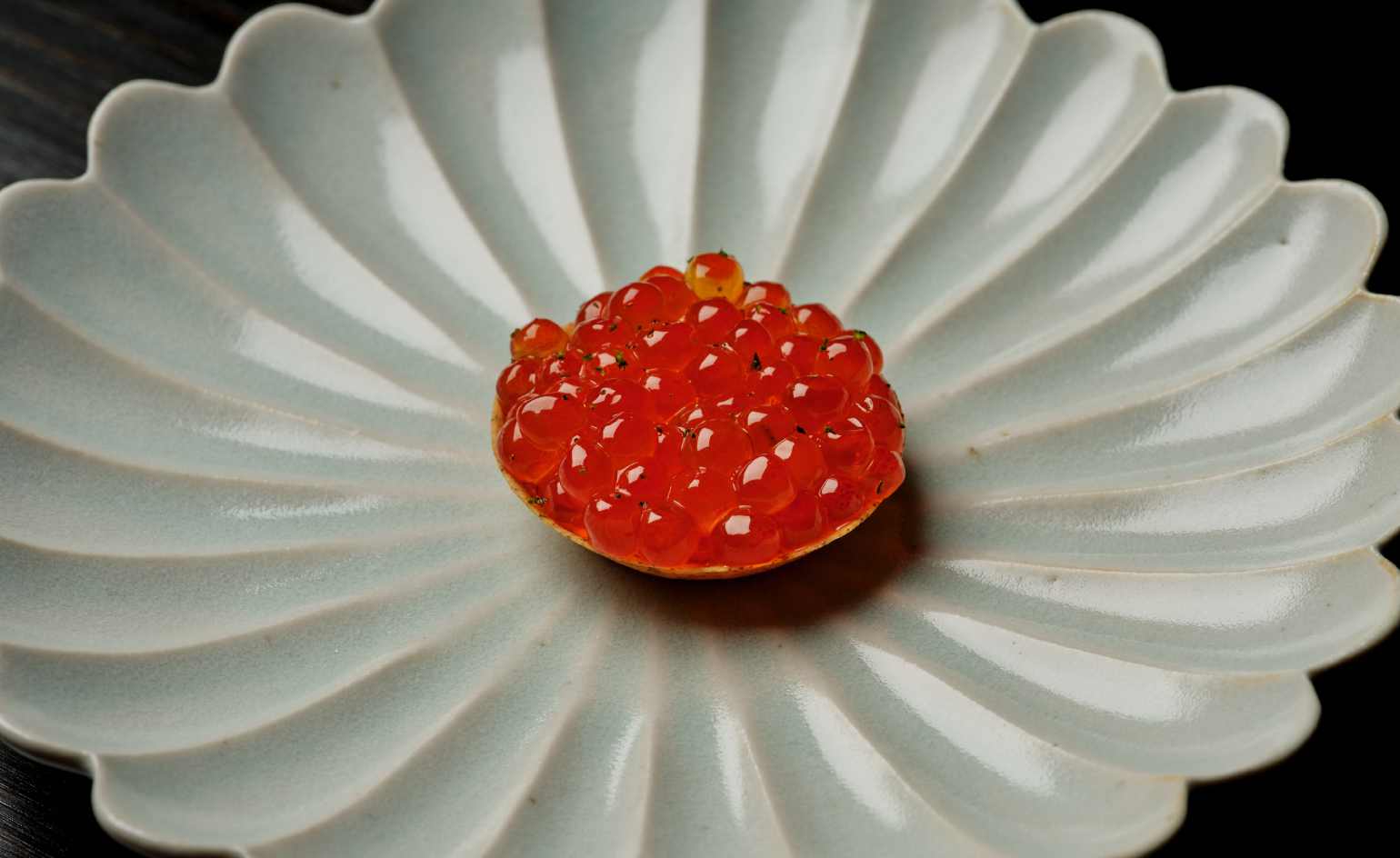 This cult Los Angeles pop-up restaurant now has a permanent address
This cult Los Angeles pop-up restaurant now has a permanent addressChef Brian Baik’s Corridor 109 makes its permanent debut in Melrose Hill. No surprise, it's now one of the hardest tables in town to book
-
 French bistro restaurant Maset channels the ease of the Mediterranean in London
French bistro restaurant Maset channels the ease of the Mediterranean in LondonThis Marylebone restaurant is shaped by the coastal flavours, materials and rhythms of southern France
-
 How ethical is Google Street View, asks Jon Rafman in Copenhagen
How ethical is Google Street View, asks Jon Rafman in CopenhagenIn 'Report a Concern - the Nine Eyes Archives' at Louisiana Museum of Art, Copenhagen, Jon Rafman considers technology's existential implications
-
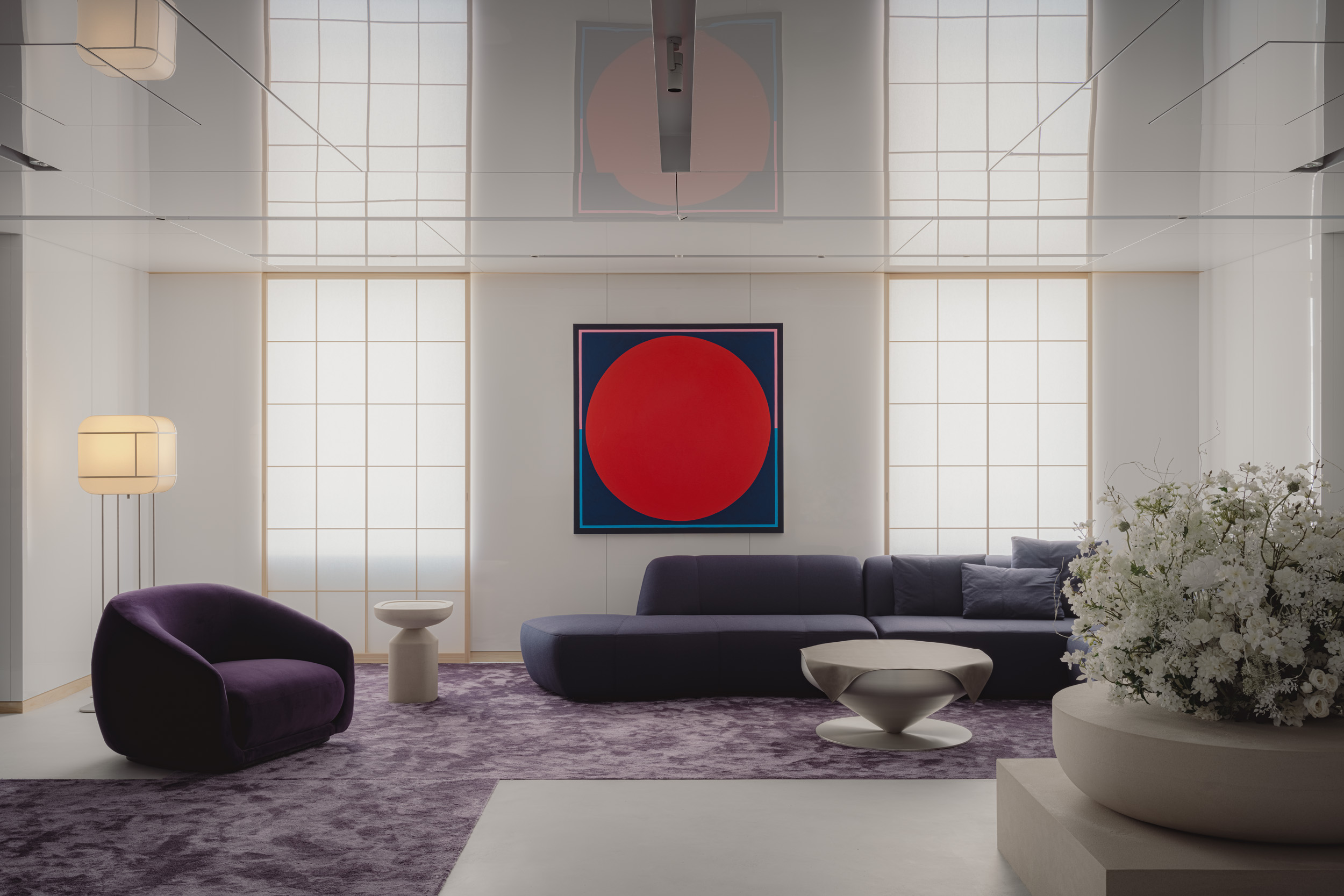 Matsuya Ginza lounge is a glossy haven at Tokyo’s century-old department store
Matsuya Ginza lounge is a glossy haven at Tokyo’s century-old department storeA new VIP lounge inside Tokyo’s Matsuya Ginza department store, designed by I-IN, balances modernity and elegance
-
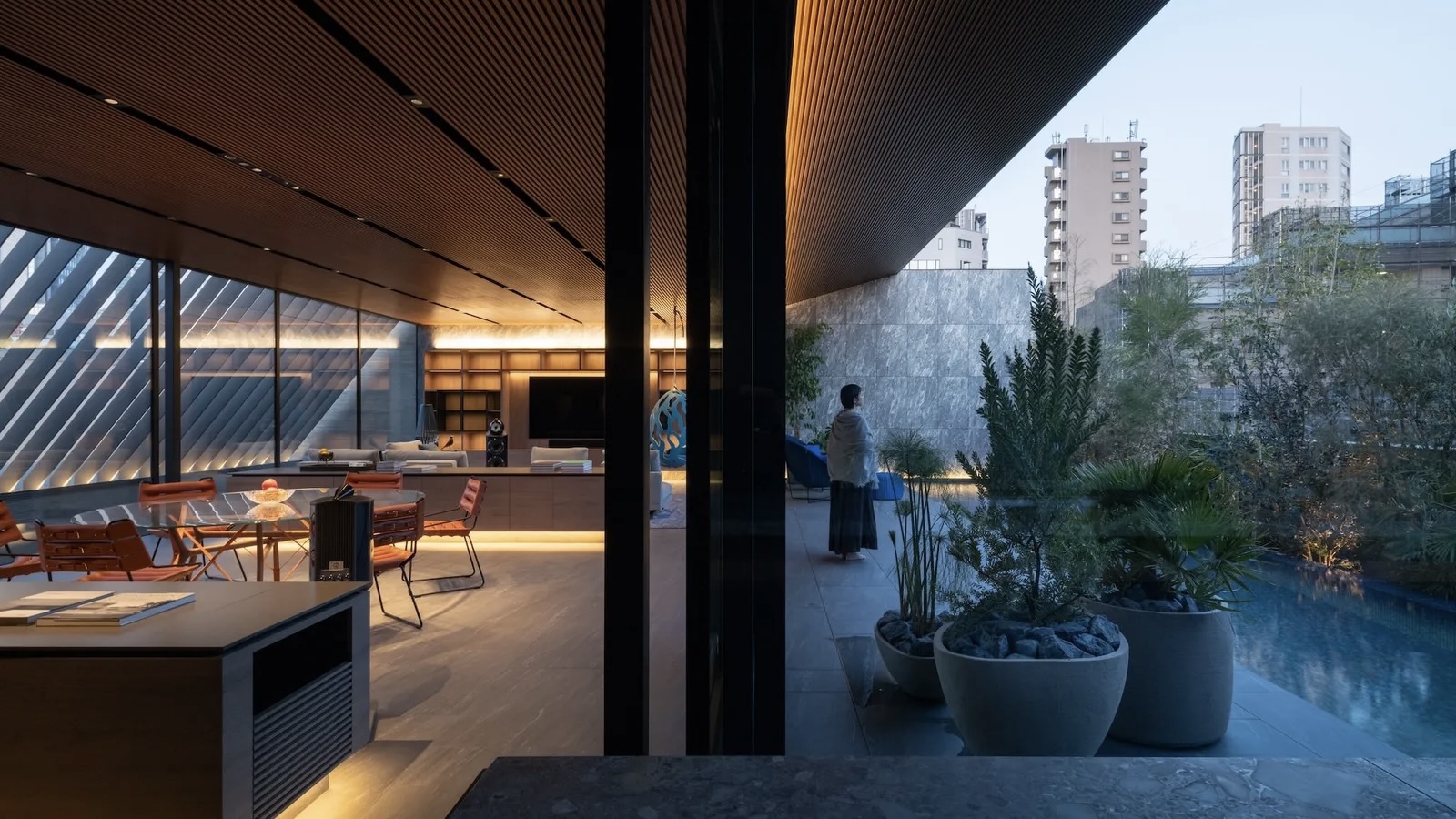 The Architecture Edit: Wallpaper’s houses of the month
The Architecture Edit: Wallpaper’s houses of the monthThis September, Wallpaper highlighted a striking mix of architecture – from iconic modernist homes newly up for sale to the dramatic transformation of a crumbling Scottish cottage. These are the projects that caught our eye
-
 Utopian, modular, futuristic: was Japanese Metabolism architecture's raddest movement?
Utopian, modular, futuristic: was Japanese Metabolism architecture's raddest movement?We take a deep dive into Japanese Metabolism, the pioneering and relatively short-lived 20th-century architecture movement with a worldwide impact; explore our ultimate guide
-
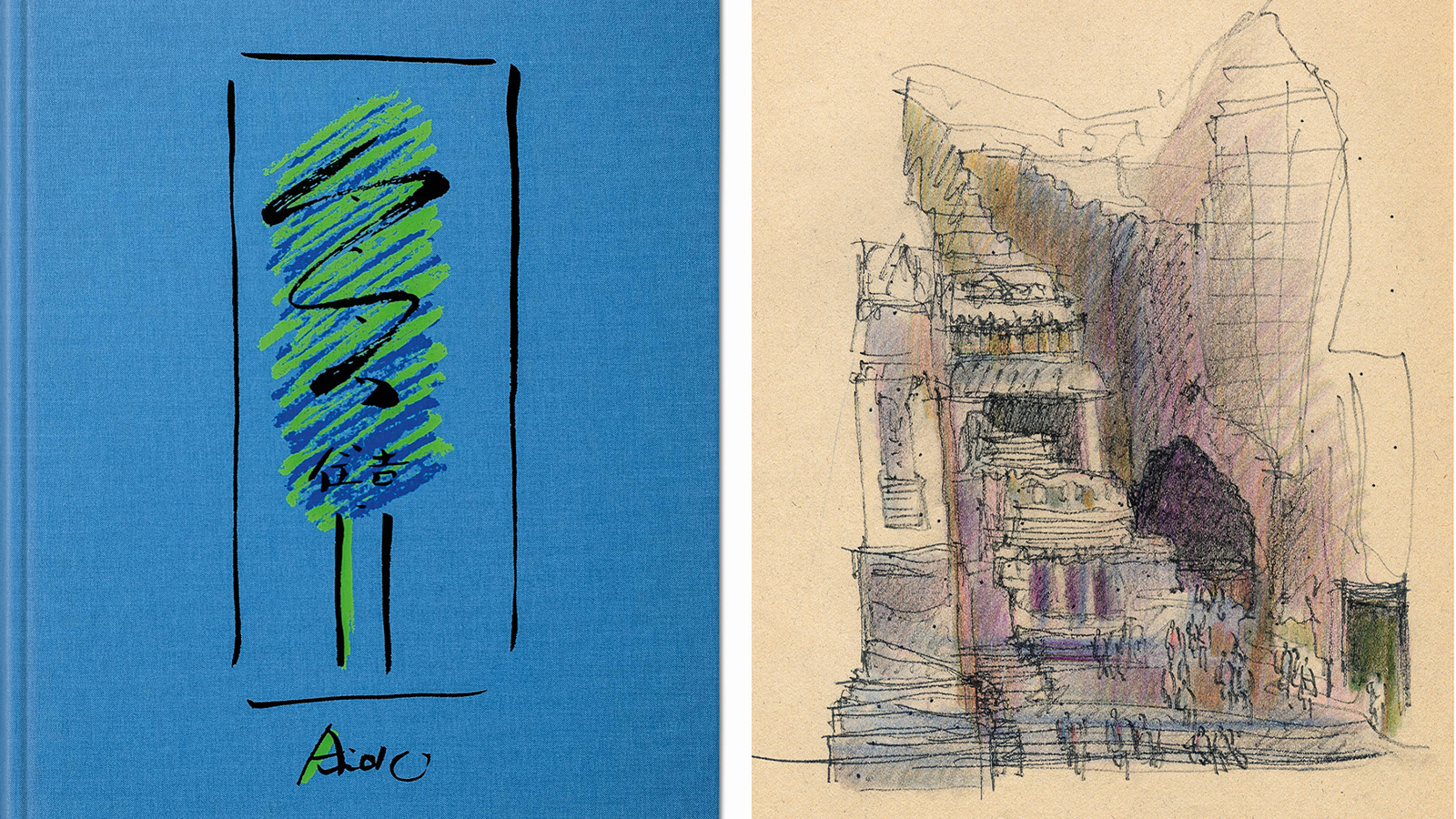 A new Tadao Ando monograph unveils the creative process guiding the architect's practice
A new Tadao Ando monograph unveils the creative process guiding the architect's practiceNew monograph ‘Tadao Ando. Sketches, Drawings, and Architecture’ by Taschen charts decades of creative work by the Japanese modernist master
-
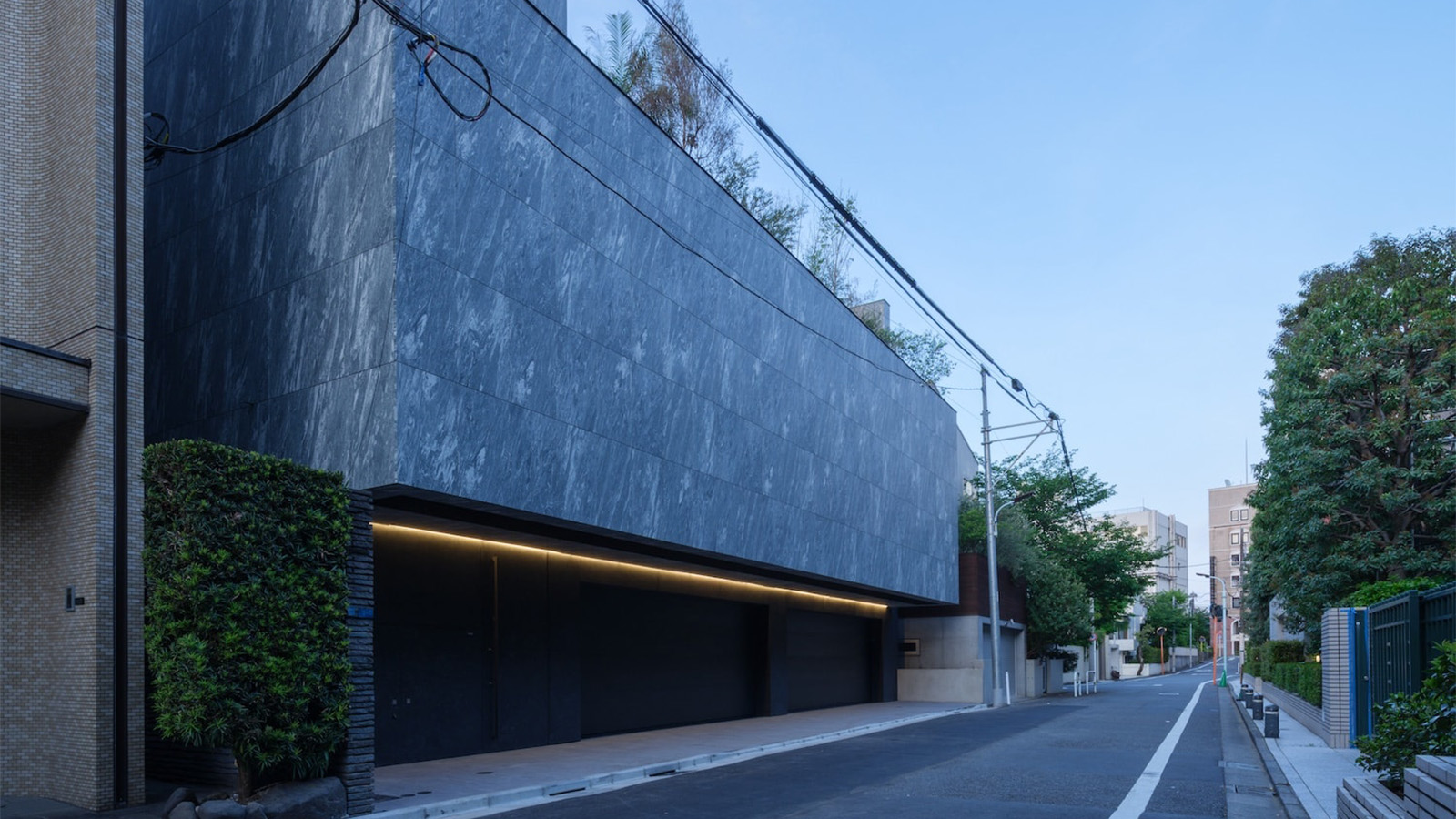 A Tokyo home’s mysterious, brutalist façade hides a secret urban retreat
A Tokyo home’s mysterious, brutalist façade hides a secret urban retreatDesigned by Apollo Architects, Tokyo home Stealth House evokes the feeling of a secluded resort, packaged up neatly into a private residence
-
 Landscape architect Taichi Saito: ‘I hope to create gentle landscapes that allow people’s hearts to feel at ease’
Landscape architect Taichi Saito: ‘I hope to create gentle landscapes that allow people’s hearts to feel at ease’We meet Taichi Saito and his 'gentle' landscapes, as the Japanese designer discusses his desire for a 'deep and meaningful' connection between humans and the natural world
-
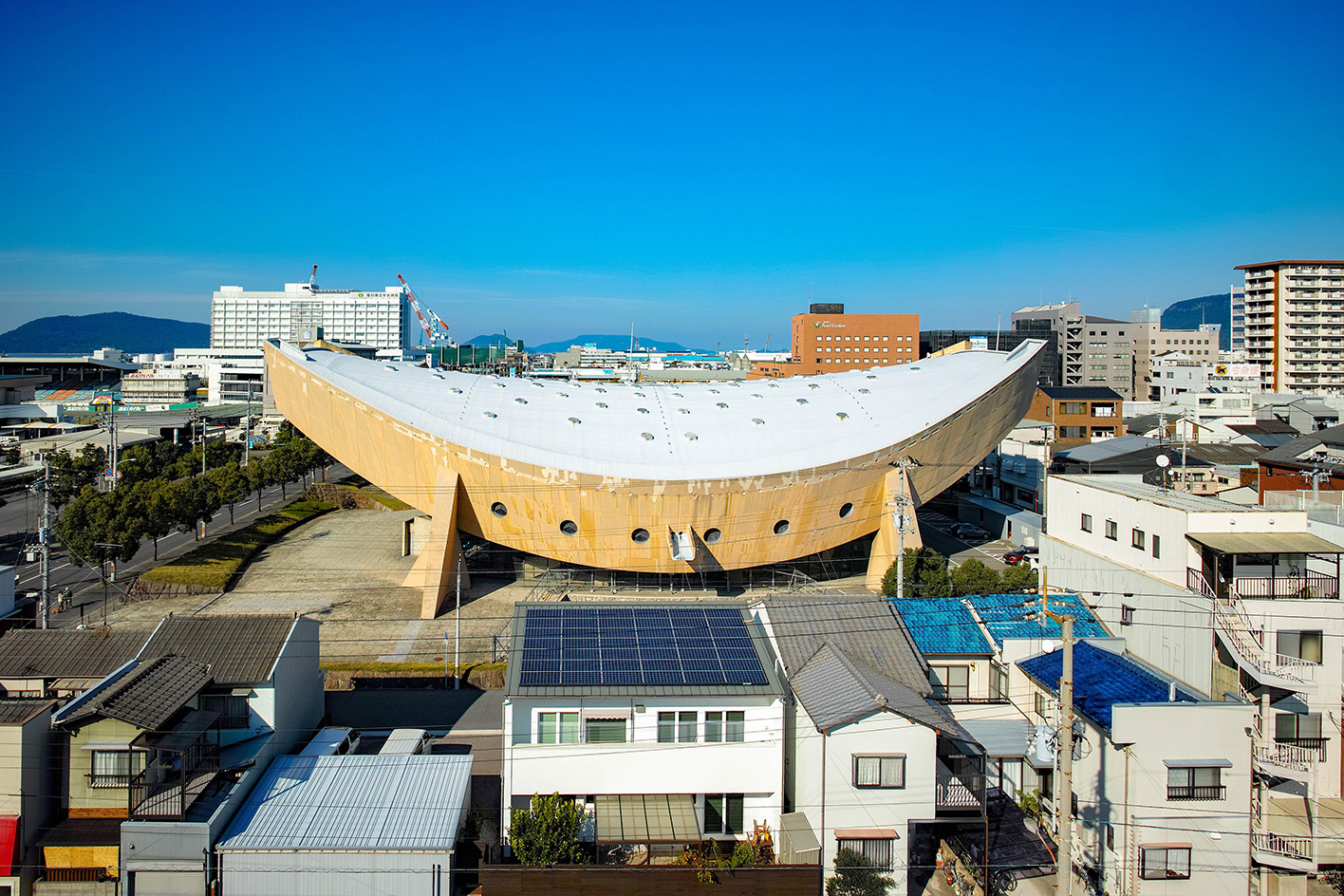 Campaigners propose reuse to save Kenzo Tange’s modernist ‘Ship Gymnasium’ in Japan
Campaigners propose reuse to save Kenzo Tange’s modernist ‘Ship Gymnasium’ in JapanThe Pritzker Prize-winning architect’s former Kagawa Prefectural Gymnasium is at risk of demolition; we caught up with the campaigners who hope to save it
-
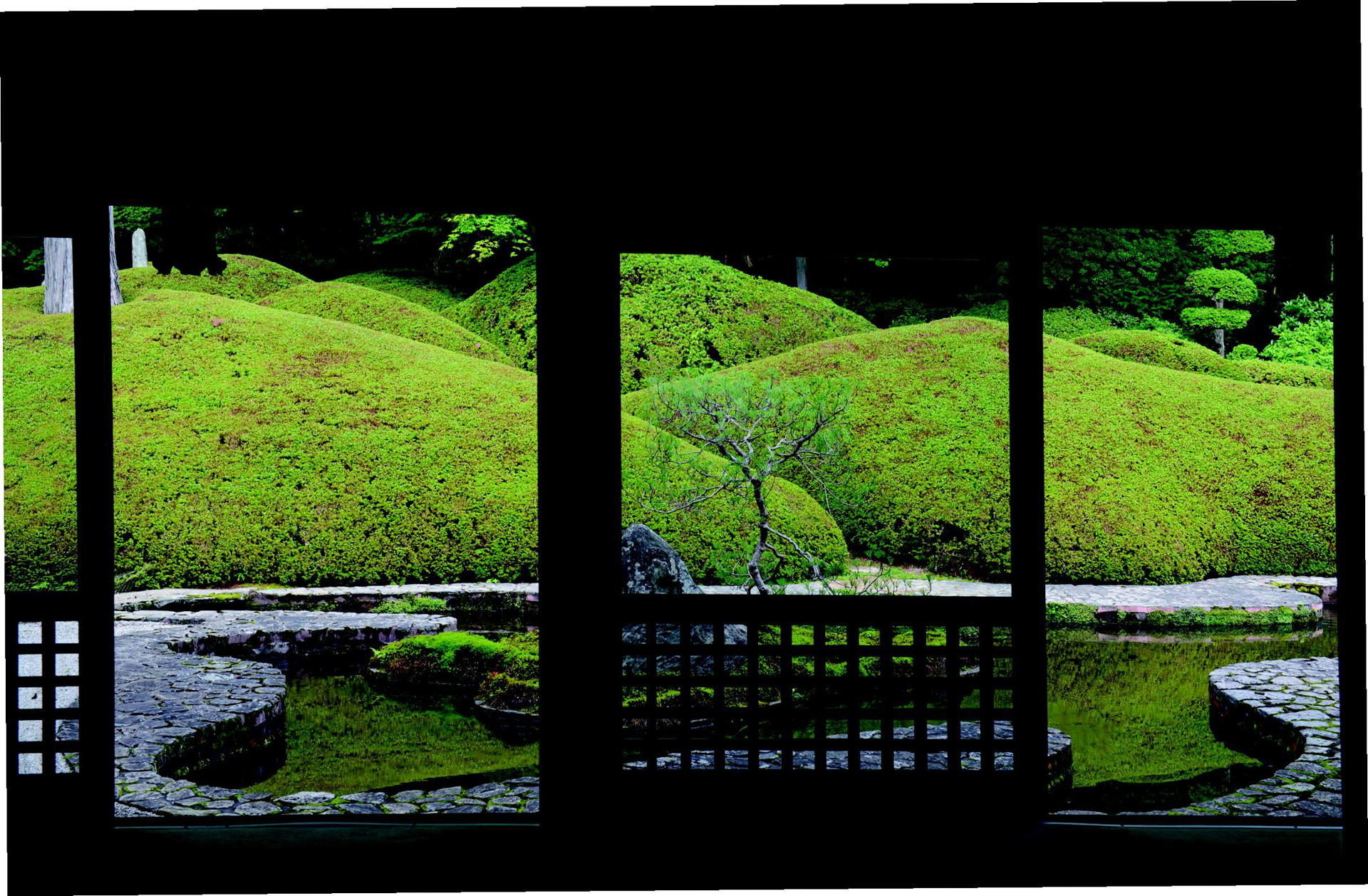 A new photo book explores the symbolic beauty of the Japanese garden
A new photo book explores the symbolic beauty of the Japanese garden‘Modern Japanese Gardens’ from Thames & Hudson traces the 20th-century evolution of these serene spaces, where every element has a purpose